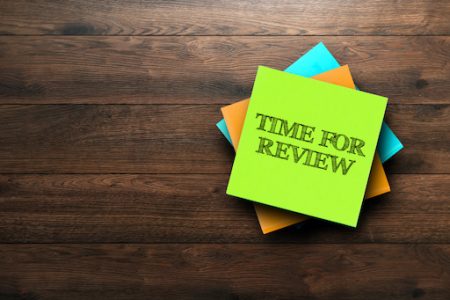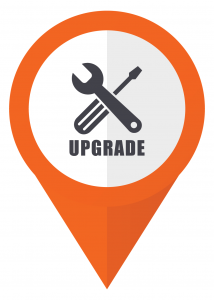A New Year always includes a flood of articles on planning and assessing for the year gone by and the one ahead. However, annual planning is not enough. That is why a mid-year review and adjustments are valuable. In particular, we need to adjust during the journey rather than wait until the end. They should also be much less investment than year-end as your course is set. It just might need some modification.
Where Are We
The middle of the year is a good point to see how you are doing. You should be about halfway through your goals or progress set in January. If you are ahead of schedule, then keep forging on. When you are off-track, then review options for getting back on track or even adjusting goals. Six months is a lot of time for a correction to “bake in” and turn a loss into a win. The modern business world moves fast. Your mid-year review may point to goals that need to change. A new product idea may appear to be a better direction to take, or the window of opportunity may have passed for a flagship goal of the year. Do not throw good resources after bad. If it is time to call it quits, then do so and move on.
What Works, What Needs Change
Another benefit of assessing progress at this point is that you should have a solid track record of success or challenges so far. Your adjustments made in January have now been in place long enough to evaluate them. The processes and tasks that have not paid off can be replaced with options that will hopefully serve you better. You might also be able to double down on the things that have worked well. Consider things like A-B testing and that you might know have a clear direction with either A or B. At this point, the evaluation period can end. There is no need to keep checking the score once a winner has been decided.
Looking Ahead
It never hurts to start to position yourself for the next race or objective. You can wait until November or December to start planning for the next year, or you can start today. There are often things you can do to help inform decisions to be made down the road. First, consider what sort of options you want to assess for the next year. Then keep an eye out for articles or other ways to get a jump start on assessing whether an option is worthwhile or if it is better to pass. When you put something on your mental radar and let it sit, you can often end up with a lot of material for that decision almost for free. You will find that you pay more attention to passing articles and discussions than you would otherwise.
Adjust and Execute After A Mid-Year Review
Once you have assessed where you are and where you want to be, it is time to make adjustments. These can be as little and simple as changing metrics or reporting up to scrapping a plan and going back to the drawing board. Do not be afraid to make big changes at this point. There is nothing to be gained by dragging out a losing cause. No one likes bad news. However, when you take the big step of re-assessing your goals and plans, you can properly set expectations for the remainder of the year. We all have seen situations where the goal line is adjusted multiple times in minor ways. These “corrections” can lead to frustration and wasted resources. A mid-year review is a perfect occasion to take a larger step and make a more significant course correction.
The good news in all of this is that you have enough time to make these changes and still evaluate them at year-end. Our mid-year review and adjustments provide an opportunity to cut losses and start forward on a path to success six months sooner. However, that does require us to take a hard look at where we are and how we got here with an eye towards improvement. As with annual planning and review, look to change as a path to improvement rather than merely accepting failure.


